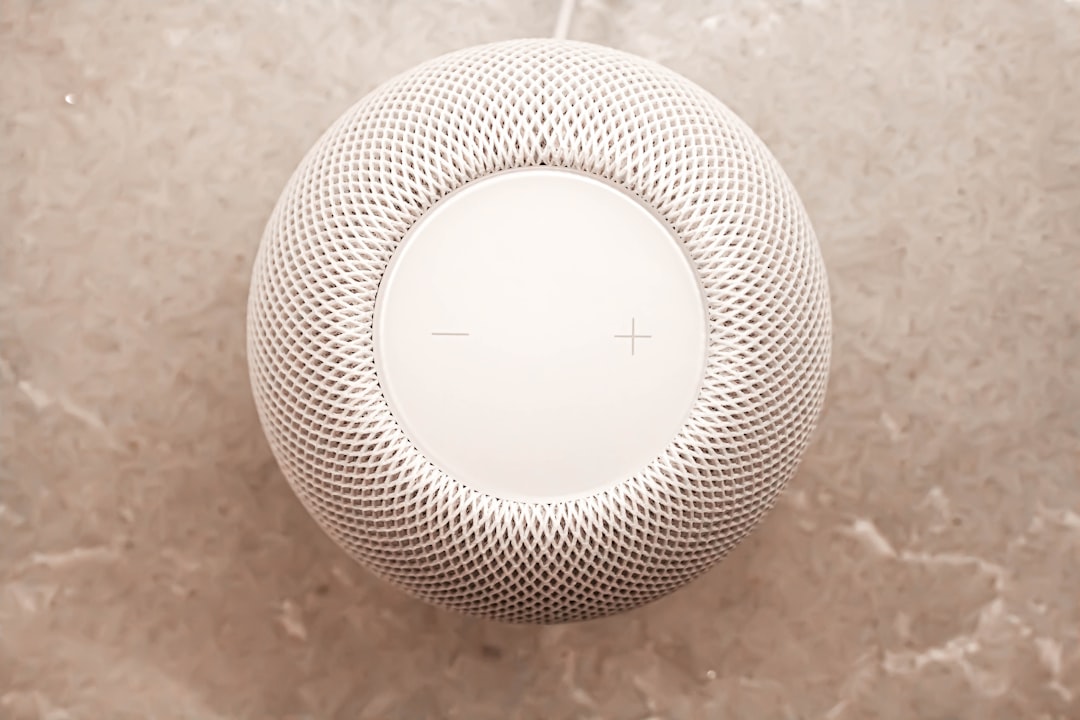Siri’s integration with Apple’s HomeKit platform promised a new level of smart home convenience, allowing users to control lights, thermostats, locks, and more with simple voice commands. However, many users have encountered a persistent and frustrating issue: Siri not recognizing or understanding the names of HomeKit devices. This disconnection between user intent and Siri’s response has not only led to confusion but has also hindered adoption for those expecting seamless interaction. Fortunately, a behind-the-scenes update centered around metadata synchronization and smart-home indexing has brought improvements many didn’t know they needed.
TL;DR
Siri used to struggle with interpreting user voice commands if HomeKit device names weren’t simple or unique. The problem stemmed from inconsistencies in how metadata was stored between devices and iCloud. Apple implemented a synced metadata architecture that aligned smart-home indexing, improving Siri’s ability to understand and control HomeKit devices accurately. Users no longer need to rename every device to ultra-specific titles just to ensure reliable voice control.
The Problem: Siri’s Lack of Context
For years, users have run into issues where Siri could not recognize or understand certain HomeKit device names. Commands like “Turn on the kitchen lights” would result in Siri’s response: “I didn’t find any devices named Kitchen Light,” even though those devices appeared in the Home app and were responsive to direct taps.
At the core of the issue was that smart-home commands require context. Siri needed to know not just the name of the device but also its category, location, configuration, and sometimes even relationships with other devices (e.g., scenes or automations). All this information, known as metadata, was previously inconsistently stored across user devices and iCloud, leading to sync errors and indexing mismatches.
A user might rename a light on their iPhone, but unless all associated metadata updated across the iPad, Apple TV (acting as a Home Hub), and iCloud database, Siri would still access outdated information. The result? An intelligent assistant with wrong directions.

The Role of Metadata in Smart-Home Indexing
In programming and data management, metadata refers to descriptive information about data—in this case, device labels, types, room placement, and unique ID signatures. A HomeKit-compatible thermostat may include metadata about the room it’s in (bedroom), its manufacturer (Honeywell), control functions (heat, cool, auto), and name (Main Thermostat). Siri relies on this metadata not just to interpret commands but to deliver them to the right device efficiently.
Previous versions of iOS and HomeKit maintained metadata on the device-plus-iCloud level but lacked complete synchronization logic. Apple had no seamless way to ensure every HomeKit node (including iPads or HomePods acting as Hub devices) had the newest, most accurate index of all hardware names and functions.
This meant that a user could say, “Open the garage door,” only to have Siri reply that it can’t find the device—or worse, open the wrong one. This created privacy risks and general frustration.
The Fix: Metadata Sync and Unified Indexing
To address the persistent mismatch, Apple overhauled the architecture that powers HomeKit’s communication layer. Starting in iOS 16.4 and continuing through iOS 17, Apple rolled out enhanced HomeKit metadata synchronization as part of the Home app’s upgraded underlying framework.
The key changes included:
- Cloud-based Device Metadata Caching: Metadata is now centrally stored and distributed via iCloud, ensuring updates reflect across every eligible device logged into the same Apple ID.
- Priority Indexing for Home Hubs: Devices acting as controllers—such as HomePods, Apple TVs, and iPads—now have priority rules to ensure they maintain and distribute accurate indexes.
- Name Collision Avoidance: If two devices had similar names (e.g., “Ceiling Light” in two different rooms), Siri now uses metadata context such as room name to disambiguate.
- Conversation Context Awareness: Siri can now remember recent commands to apply them more intelligently, such as interpreting “Turn that off” after referring to a specific lamp.

What This Means for Users
For the end user, the improvement may seem invisible—but that’s the point. The fewer the hiccups in asking Siri to turn on a lamp or adjust the thermostat, the more “smart” the home feels. Users now report significantly lower instances of Siri failing to identify devices, even when using custom names like “Edison Bulb” or “Mood Light Beam.”
Additionally, the system is now more forgiving. If you say “Turn on the garage,” and the official device name is “Garage Floodlight,” Siri is more likely to infer correctly which device you mean, drawing on context, name similarity, and metadata relationships.
Improved Voice Recognition Through Machine Learning
Another driving force behind these improvements is Siri’s embedded machine learning model, which now better discerns common phrasing across different users. With real-world usage as training input and more accurate metadata indexing as a foundation, Siri can now connect more dots during interpretation.
Apple’s servers don’t store personal audio unless users opt in, but on-device learning now helps Siri build its own model of your HomeKit environment—one that’s refined the more you interact with it using voice commands.
Tips for Optimal Siri Performance with HomeKit
Here are a few things users can do to maximize Siri’s accuracy, even with recent improvements:
- Keep device names unique when possible (e.g., “Desk Lamp” and “Bedroom Lamp” instead of two “Lamp” entries).
- Ensure all your Apple devices are updated to the latest version of iOS/macOS to support the unified metadata sync.
- Periodically review and organize your Home structure in the Home app – Rooms, Zones, Scenes, and Automations.
- Reboot your Home Hubs after making major device rearrangements – this forces a refresh of local indexes.
The Road Ahead
As Apple continues refining both Siri and its smart-home platform, expect even deeper integrations between voice interactions and hardware. Future iterations may involve cross-service context—such as combining calendar events, current time, and location—when interpreting smart-home commands.
With a resilient and synced metadata system as the foundation, Siri has finally caught up to the expectations users had from the beginning: that speaking a natural sentence should translate to smart, accurate action across the home.
FAQ: Siri and HomeKit Device Name Issues
-
Why did Siri often not understand my HomeKit device names before?
Siri relied on outdated or unsynced metadata. If device names were changed but not updated in all devices or iCloud, Siri would be unaware of those changes. -
Is the issue completely fixed now?
While no system is flawless, the introduction of iCloud-based metadata sync and smart indexing has dramatically improved Siri’s recognition of device names. -
Do I need to change anything in my setup?
Users should ensure all devices use the latest OS versions and keep home layouts well-structured in the Home app. -
What is the best way to name devices?
Use specific, unique names that reflect the function or location of the device. Avoid duplicating names across rooms. -
How can I check if my device metadata is syncing properly?
Unfortunately, Apple doesn’t provide direct visibility into syncing processes, but if Siri consistently interprets your commands correctly, indexing is likely working as intended.



